The Weaving
Path
Ade-Lee Adebiyi
Ade-Lee Adebiyi is Head of Design at SoPost, but his route into a career in design has been anything but linear. We talk to him about his journey, creativity and learning lessons from life and the people around you.
Interview by Arlen Pettitt
Photographs by Christopher Owens
“I’ve known that I wanted to be in design since primary school,” Ade-Lee Adebiyi tells me when we speak, “but getting there was quite complicated, there were a lot of weaving paths.”
Born in Japan, where his father was doing his doctorate, Ade-Lee moved to the UK when he was four years old. The family settled in North Woolwich in East London.
He speaks fondly of growing up, but the education system didn’t always make it easy to follow his interests. Having discovered drawing and creativity in primary school, he was keen to study it as he reached GCSE age, but his secondary school put barriers in the way.
“It was very much science driven and technology,” he says, “and they had this weird thing where if you wanted to study graphic design at GCSE you had to have the highest grades and be in the top performing sets…which I wasn’t.”
“I started to self-learn Adobe Photoshop and graphic design digitally,” Ade-Lee continues. “I started designing fan websites and doing websites for friends and their careers - they all wanted to be rappers!”
“Everything requires creativity, especially when it comes to problem solving. You can be a creative accountant, a creative cleaner.”
He eventually found a path onto a Design for Digital Media course with the University of Hull, based at the university’s Scarborough campus, doing freelance design work for events and venues while studying.
After graduating, he moved to China with his partner to work as an English teacher, before moving back to the UK, and into the North East to be close to her family when they were expecting their first child.
In 2013, Adebiyi got his first salaried design role working with SaleCycle.
He’s now Head of Design at digital product sampling business SoPost.
You can immediately see the weaving paths he was talking about, and I ask how he reflects on that now he’s on a more linear track.
“All the different experiences I’ve had have been really helpful in shaping who I am,” Ade-Lee says, “so I feel like everything had a reason. I do question whether I should have gone to university and studied design, or gone straight into an internship or apprenticeship, but doing that would have meant I wouldn’t have met my partner or had my kids, so I’m happy with the direction everything took.”
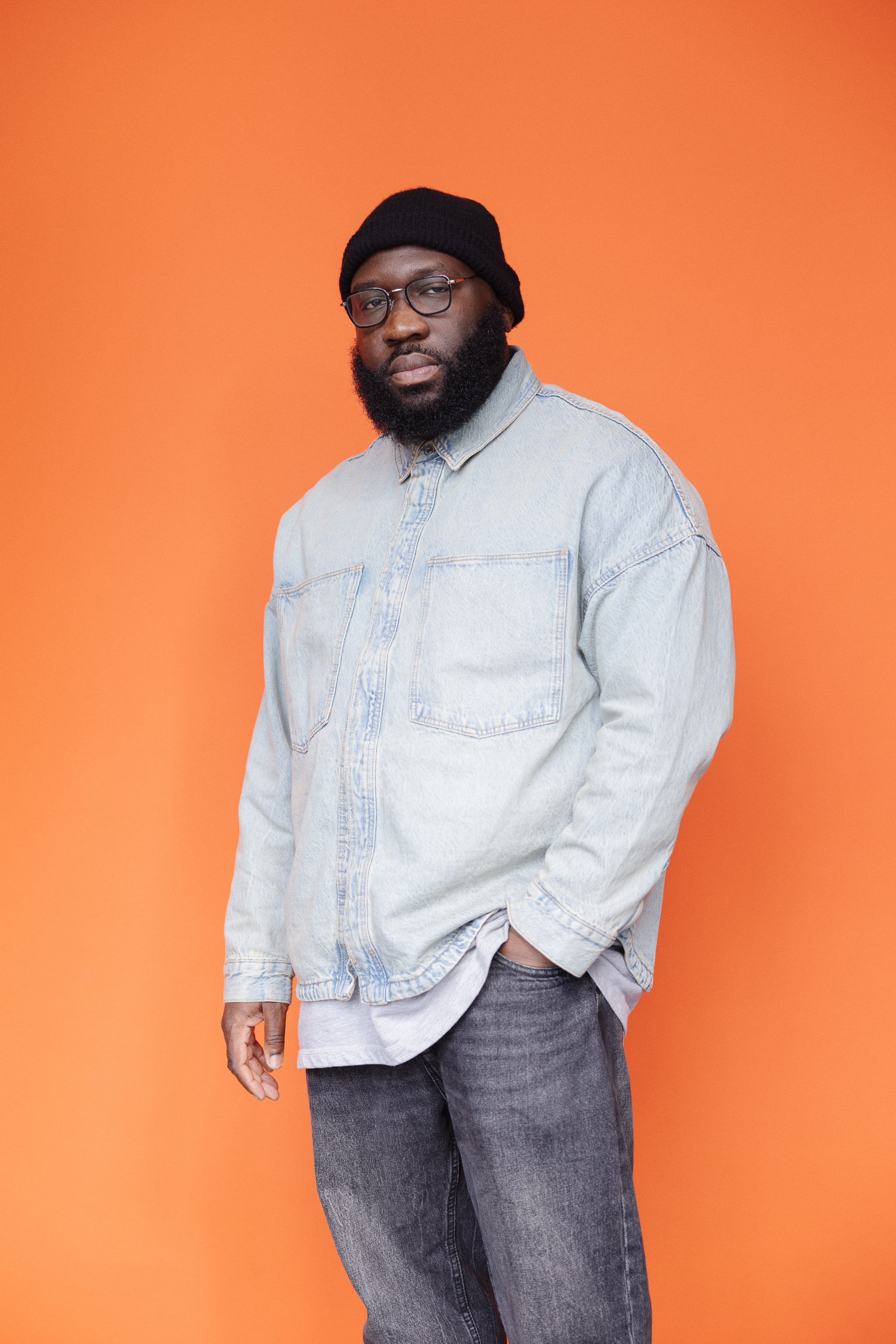

“If you wanted to study graphic design at GCSE you had to have the highest grades and be in the top performing sets…which I wasn’t.”
As well as different experiences, Adebiyi has also lived in some really very different places. How has this shaped him?
“Being raised in East London, it’s extremely diverse,” he begins. “It wasn’t until I left London and went to Scarborough that I went ‘Oh. This is the norm.’ but then it’s diverse in other ways. In London I stayed in my group of friends, I didn’t need to branch out. In Scarborough, it was people I wouldn't usually hang around with, it was international students - this person from Oman, this person from Sweden - so it was getting to know people for who they were. That made me a lot more open-minded.”
China was the same but heightened, with people of different ages, backgrounds and languages in his workplace. This forced him to be more open and more friendly, something which ramped up even more when he arrived in the North East.
“The North East is a completely different bag,” Ade-Lee says. “The people of the North East are extremely friendly, they’re open, and the way of living is peaceful.”
“As much as I thought I was a friendly person,” he continues, “I also thought I was maybe a bit of a shark, whereas now I’m very mellow. Going back to London, I couldn't relate to the way of living there anymore. I saw it as a fast-paced, busy, terrifying place, whereas the North East is where I truly call home.”
He talks about how the North East also taught him to be humble, as it’s common for even the most wealthy or successful people here to carry themselves without pretence.
“You don’t know who you’re talking to or what they’ve accomplished,” he explains. “Right now they are just walking their dog, or just out with their kids. The density of talent in the North East is crazy.”
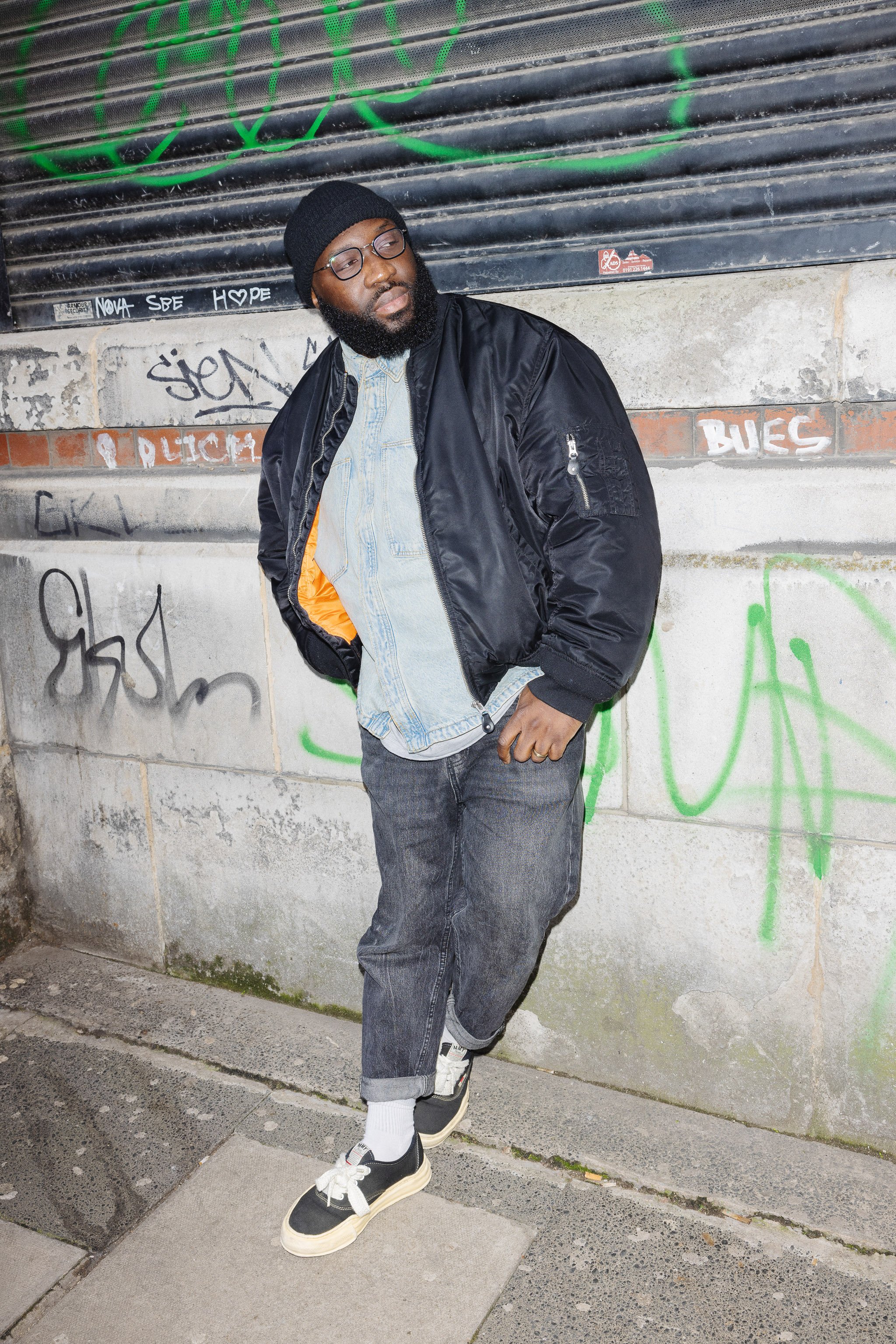
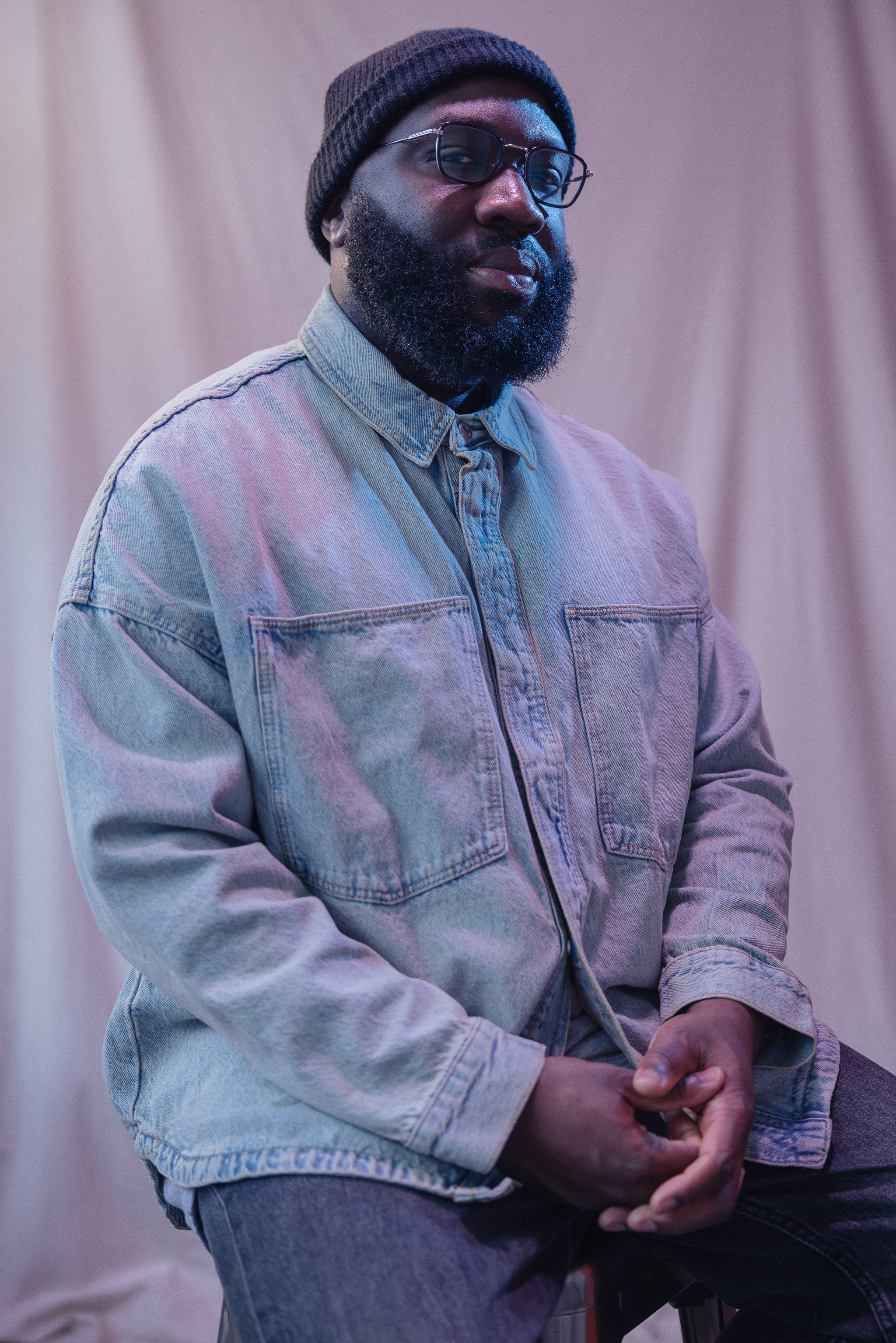
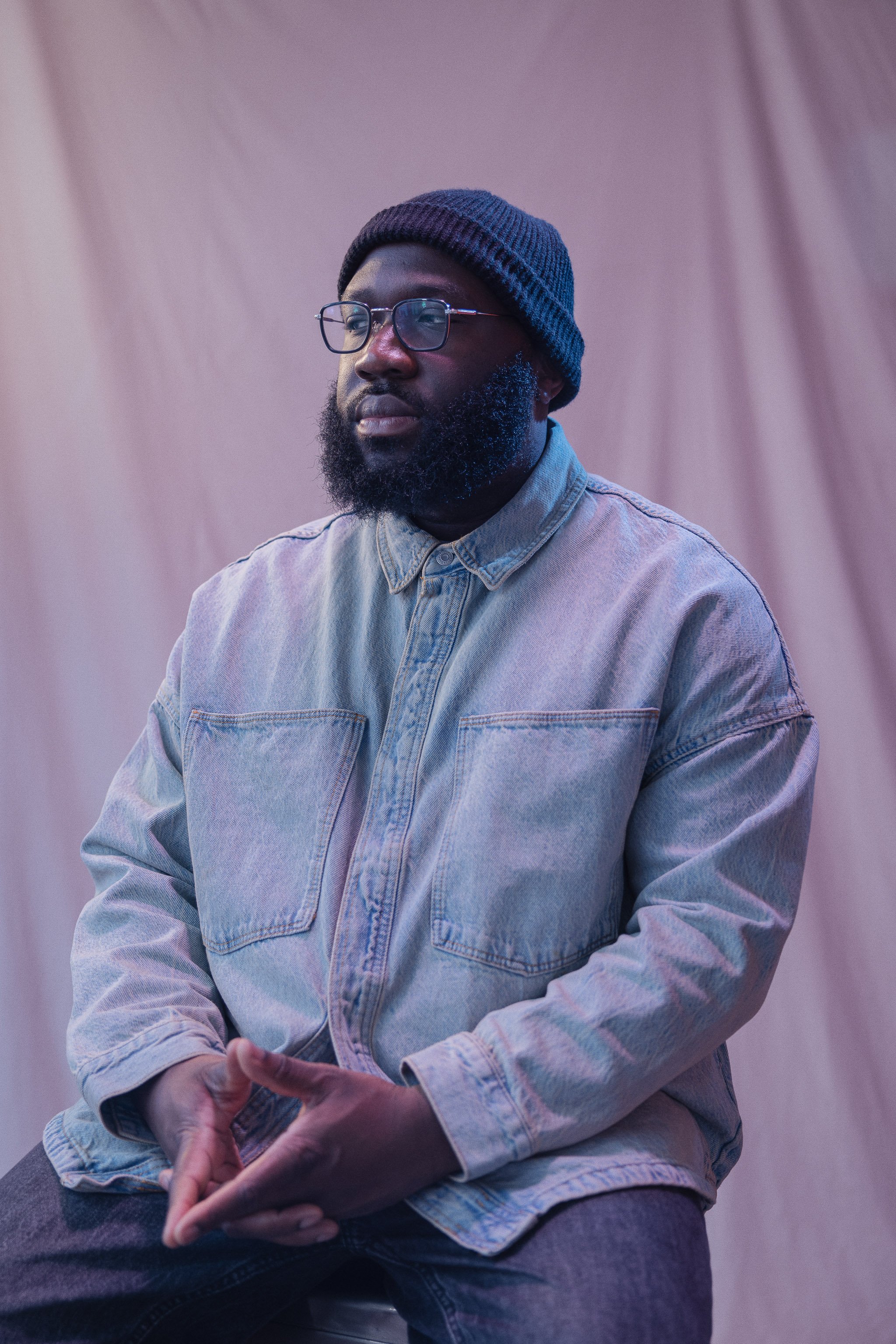

“All the different experiences I’ve had have been really helpful in shaping who I am, so I feel like everything had a reason.”
Ade-Lee tries to bring that humility into his work, in part because he’s conscious that design and creativity can be misunderstood, and in part because he’s worried about a tendency in the industry towards gatekeeping.
“I’m all about building inclusive teams where everyone feels like they can be creative,” he says. “There’s a difference between creativity and being artistic, and I like to make sure everyone works as a team and they can level up together.”
“Being able to draw really well, sing really well, act really well,” he continues, “that’s something that you can be trained in or are innately talented in. But being creative is something which applies to every single field. As much as when we think of creativity we automatically think of the arts, everything requires creativity, especially when it comes to problem solving. You can be a creative accountant, a creative cleaner.”
He points out how you can spot the creative people in any given field by looking for who is innovating, creating new things, or even demystifying and breaking down boundaries.
Adebiyi stresses the importance of avoiding jargon as a designer, engaging with other parts of the business on their terms, and having evidence and process to back up your creative rationale. This can, he says, avoid the appearance that designers are “thinking about what looks nice, rather than what functions well and meets user needs.”
It’s an approach he takes when line managing too, engaging with people in an open and transparent way and encouraging feedback in both directions.
“We can get caught up in the artistry,” he says, “and it becomes a bit elitist, when people start using big words and alienating the target audience by using unfriendly language like buzzwords and acronyms that are not necessary.”
Adebiyi believes anyone can be creative, and runs workshops to convince people of that. He says people often start the session believing they don’t have a creative bone in their body, and end it realising they can come up with new ideas and think laterally.
“You can foster creativity,” he explains. “I do talks on creative confidence, and I have a game called Make It Pop, which is all about levelling up people’s creativity. You can teach how to harness creativity, how to think out of the box.”
“If perspective is a cube,” Ade-Lee continues, “there’s one side you can see, so look at the other sides of the cube by bringing empathy into what you’re doing. Instead of thinking about it from your perspective, imagine being in another person’s shoes and try to tackle the problem that way.”
Make It Pop started as a joke with a friend, after a difficult experience with a bad client.
“I’m going to dox them because I don’t think they’re even around anymore,” he says. “It was a dropshipping company called My Pair of Socks. They didn’t even sell socks. It was just a weird-arse dropshipping site!”
“It was one of those where I learned that if you undercut yourself they’ll take advantage,” Adebiyi continues. “If they can’t afford your services so you give it to them for cheap, those are the really difficult clients to deal with. They were really, really, really, really, really frustrating and I said to a friend ‘I’m going to do Cards Against Humanity but for designers’.”
The result is a creative challenge generator, where you pick three cards and combine them to get a unique brief. When used at a workshop, groups then work as a team to come up with an idea to meet the brief. Ade-Lee and his co-founders took Make It Pop to TEDx and Thinking Digital, then following a successful Kickstarter campaign they have sold the card game to businesses all around the world.
Workshops bring out creativity in people who wouldn’t consider themselves creative; they give that opportunity for people to collaborate, approach problems differently and build confidence amongst teams. That’s important, Ade-Lee says, because it empowers everyone to take part in design and creative processes, and more voices result in better outcomes.
Adebiyi gives an example of what can happen when there isn’t that creative confidence in a process.
“H&M a few years ago launched a hoodie which was ‘Coolest Monkey in the Jungle’,” he says, “and it had a black kid modelling that hoodie. That wouldn’t have been a problem if it wasn’t modelled by a black kid, and there were lots of opportunities for people to speak out and say ‘let’s switch the models’, but they didn’t. It went live and was a massive controversy for obvious reasons. No one spoke up, no one used critical thinking.”
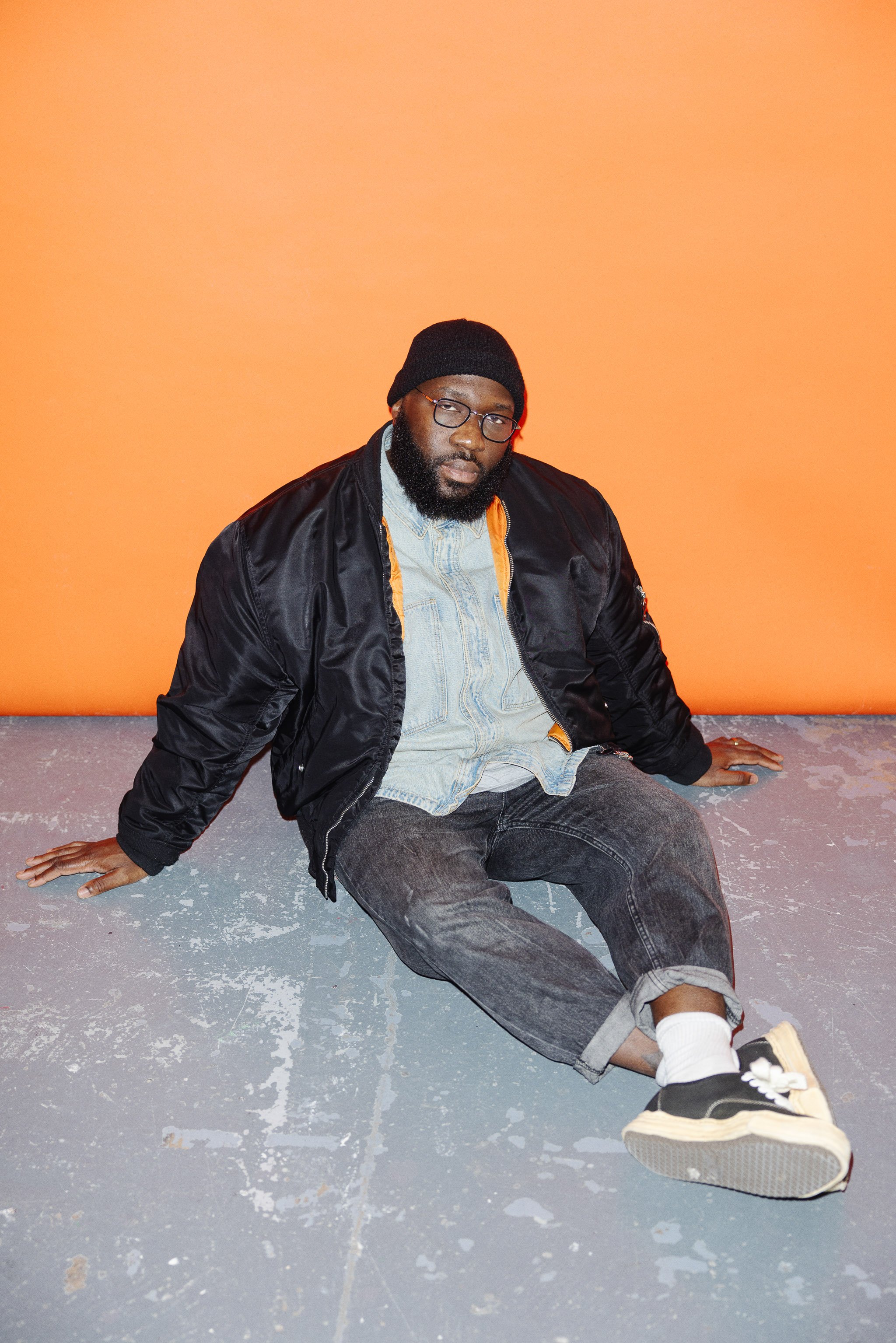
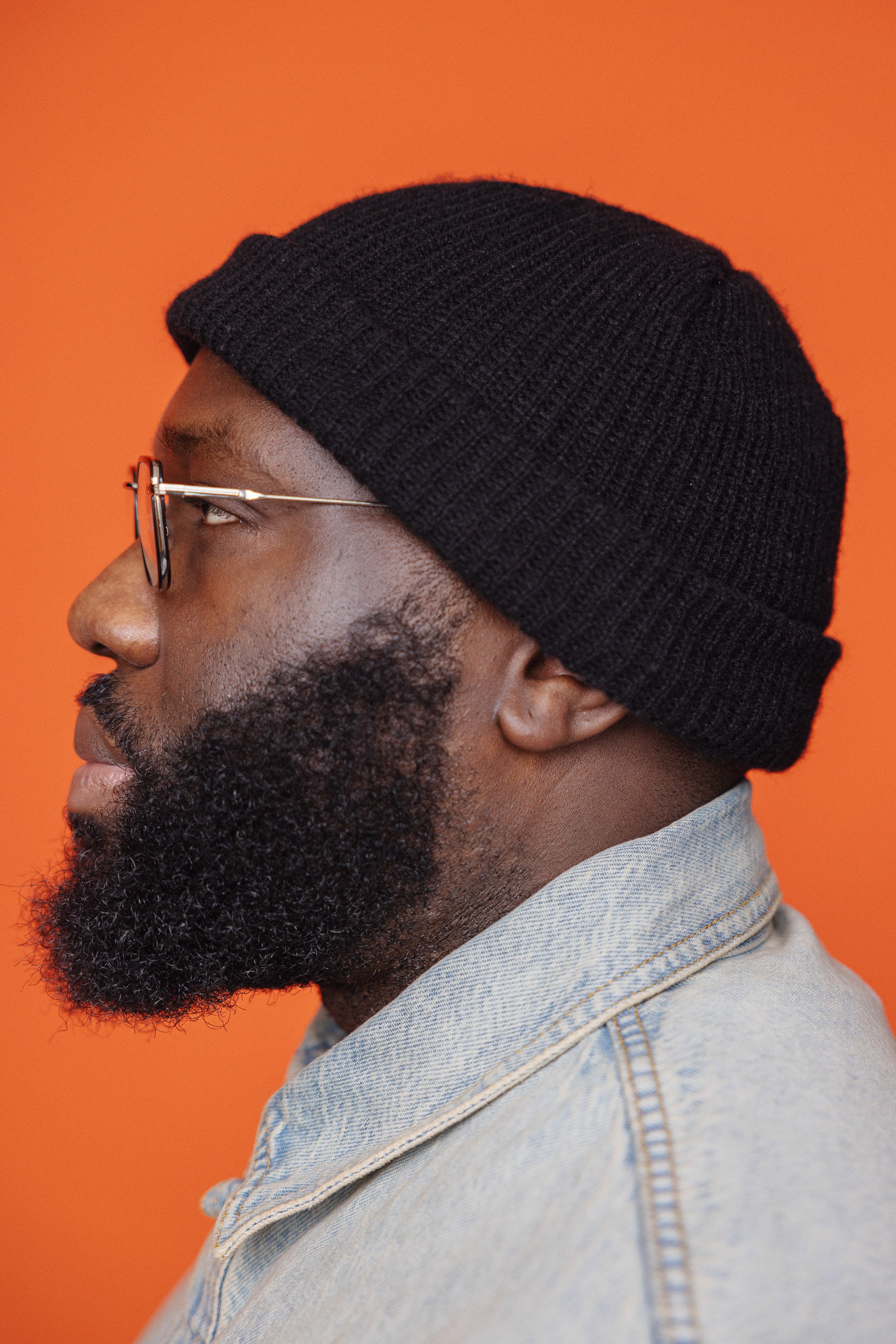
Adebiyi is keen to dispel the notion of design and designers as something to be kept separate, instead they should be embedded.
“The more I became accustomed to the industry and met people I looked up to, the more I realised these are just normal people,” he says. “If you saw them on the street you wouldn’t see them as this creative rock star that I see them as, it’s just their work speaks volumes and the way they’re able to communicate the work. It’s not complicated, it’s not fussy, it’s just straight to the point because it’s trying to resonate with the audience and evoke emotion.”
When I ask about designers he admires or is influenced by, he lists Tobias van Schneider, Pablo Stanley and Dann Petty as designers he likes, but also mentions Lucy Thompson, a mid-career graphic designer working with clothing brand Killstar.
“She went off and found one of the most renowned typographers and asked to work with them,” Ade-Lee explains. “She was able to work with someone she idolises, and from there was able to create her craft, which is really, really nice to see. I look out for stuff like that, where people have had unconventional journeys to find their own particular style and they’ve used that to create something - that’s really special. People who do that really, really impress me.”

“My path to design wasn’t clear,
it was a weave,
and I want to make that easier
for people from
diverse
backgrounds.”
Adebiyi reflects on how the industry has changed in the ten or fifteen years since he first started out, concluding “we’re spoiled rotten with good design,” often driven by the technology sector and the intuitive design that’s now part of every product we have in our homes.
Technology has also lowered the barriers to entry for design, with tools like Figma and Canva encouraging people to engage with design and creativity.
What’s not changed is the value of good design.
“One thing SoPost does really well,” he continues, “is it understands the value of design and how it can move the needle forward, but I do see some businesses who think that it doesn’t need to look nice.”
He’s quick to dismiss the idea that design doesn’t matter that much, bemoaning how design departments are often built out later as a business grows.
“If you were going to redo your kitchen you’d make sure it looked amazing,” he explains, “and you’d realise if panels weren’t evenly aligned, or your flooring wasn’t even throughout the house. You’d notice these things. So, when people say they don’t notice design, they do, they just choose not to notice UX design or whatever.”
I ask about Adebiyi’s creative process, and he talks about setting a tone with podcasts and ambient sounds, and then about the importance of testing, reviewing and revising your work - in digital and product fields at least.
“It’s even going into music,” he says, “Taylor Swift is re-recording her albums. There are Director’s Cuts of movies. You can reflect and redo and relaunch.”
Inspiration can come from anywhere, Ade-Lee says, including other apps and products, and social media.
But, it's important to avoid pigeonholing yourself, to keep learning and to always be open to input - including dealing with difficult feedback.
“I read a book called Radical Candor,” Adebiyi says, “and I’ve been practising it. Clear, honest and transparent feedback. You have to realise it’s not malicious 99.9% of the time, it’s something someone can see in your work that they think they can help you with. I just have to keep my ego at bay, because it’s never going to go away.”
Ade-Lee is enjoying life at SoPost, and is well-established in his career, so what does he see for the future?
“I’d like to do more mentoring and more talks and get people more involved in design,” Ade-Lee concludes. “My path to design wasn’t clear, it was a weave, and I want to make that easier for people from diverse backgrounds.”
Having taken the weaving path, he's set about putting together a map for others to follow.






